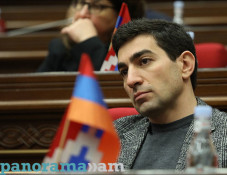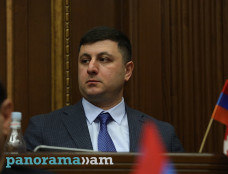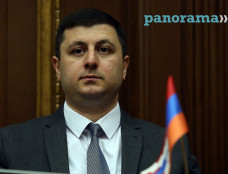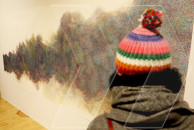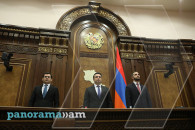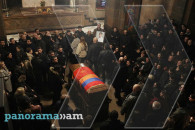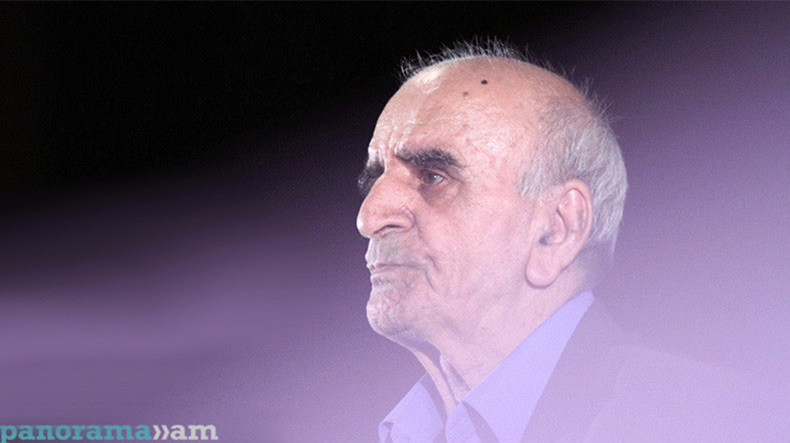
Artavazd Peleshyan celebrates 84th birthday
Prominent Armenian filmmaker, screenwriter and film theorist Artavazd Peleshyan on Tuesday, February 22, celebrates his 84th birthday anniversary.
He is renowned for developing a style of cinematographic perspective known as distance montage, combining perception of depth with oncoming entities, such as running packs of antelope or hordes of humans. Filmmaker Sergei Parajanov has referred to Peleshyan as "one of the few authentic geniuses in the world of cinema". Peleshyan was awarded the title of Merited Artist of the Armenian SSR in 1979, and Merited Artist of the Russian Federation in 1995.
His films have been described as being on the border between a documentary and a feature film, somewhat reminiscent of the work of such avant-garde filmmakers as Bruce Conner, rather than of conventional documentaries. However, it has been noted that his work, unlike Maya Deren's, is not firmly within the avant-garde, and that it does not try to explore the absurd. Peleshyan's films have been summarized as "a poetic view of life transferred onto film."
He has made extensive use of archive footage, mixed in with his own shots, with fast inter-cutting between the two. Telephoto lenses are often used to get "candid camera" shots of people engaging in mundane tasks.
Most of Peleshyan's films are short, ranging from 6 to about 60 minutes long, and feature no dialogue. However, music and sound effects play nearly as important a role in his films as the visual images in contributing towards the artistic whole. Nearly all of his films were shot in black-and-white.
Artavazd Peleshyan's most significant film is considered, by many critics, to be The Seasons (1975), shot by cinematographer Mikhail Vartanov. It is a look at the contradiction and harmony between humans and nature and was the last collaboration between Peleshian and Vartanov, Armenia's two most important documentary auteurs, who first worked together on The Autumn Pastoral (1971).
Peleshyan is also the author of a range of theoretical works, such as his 1988 book, My Cinema.
(1).jpg)
(2).jpg)
(1).jpg)
.jpg)
.jpg)
Newsfeed
Videos







